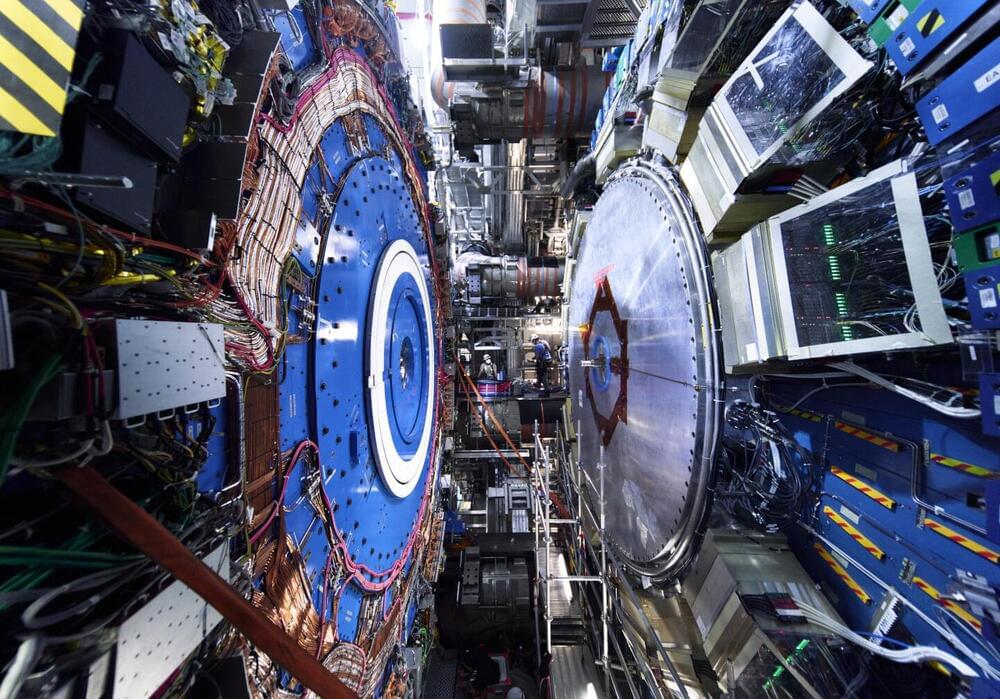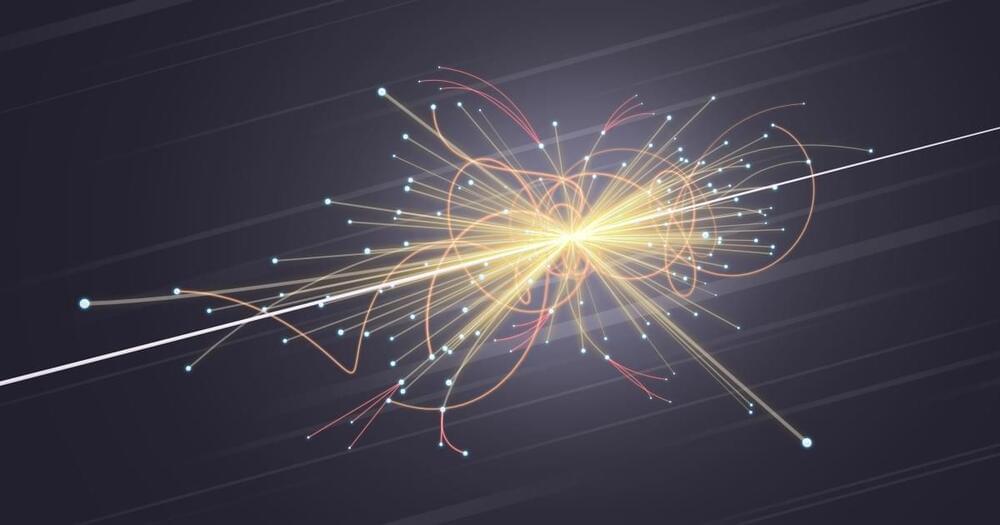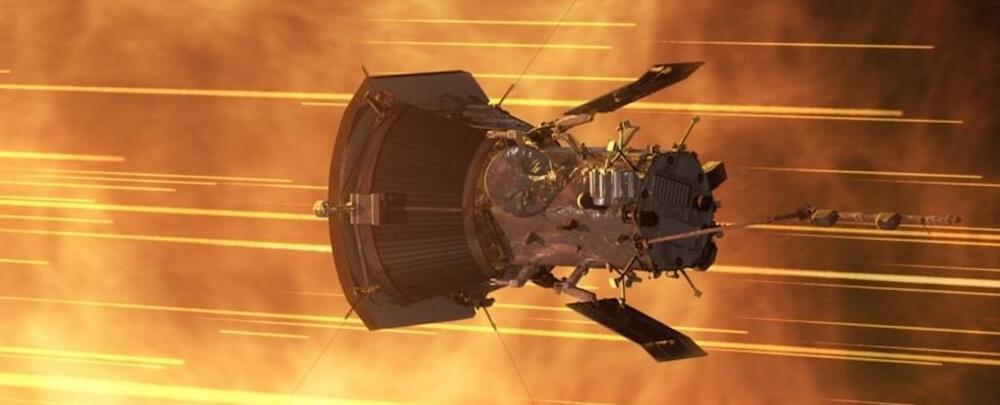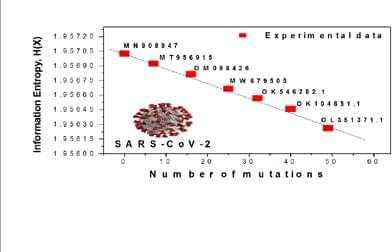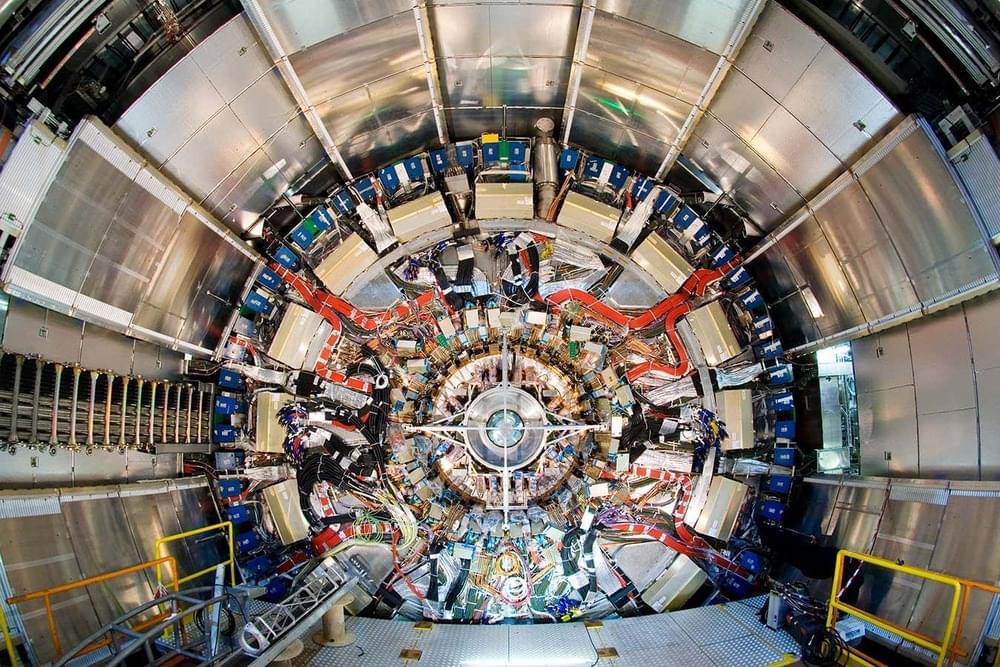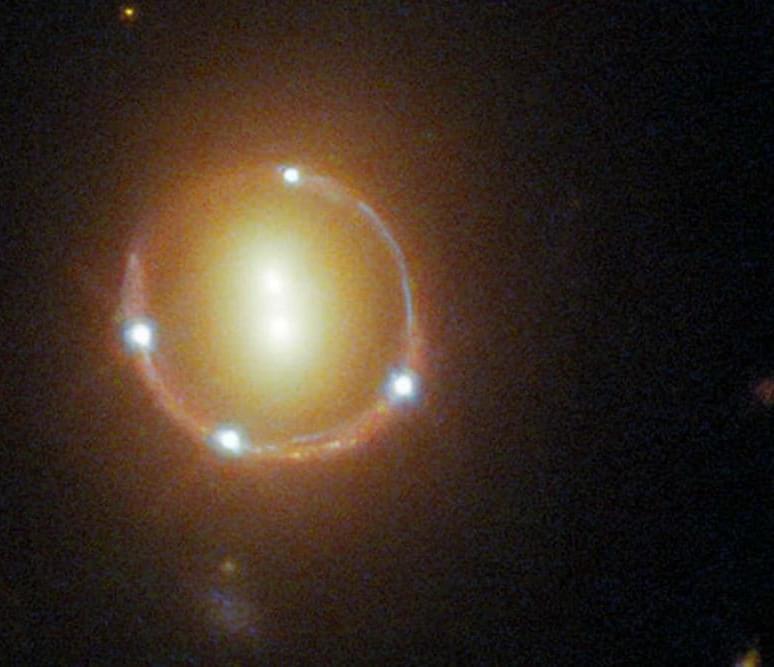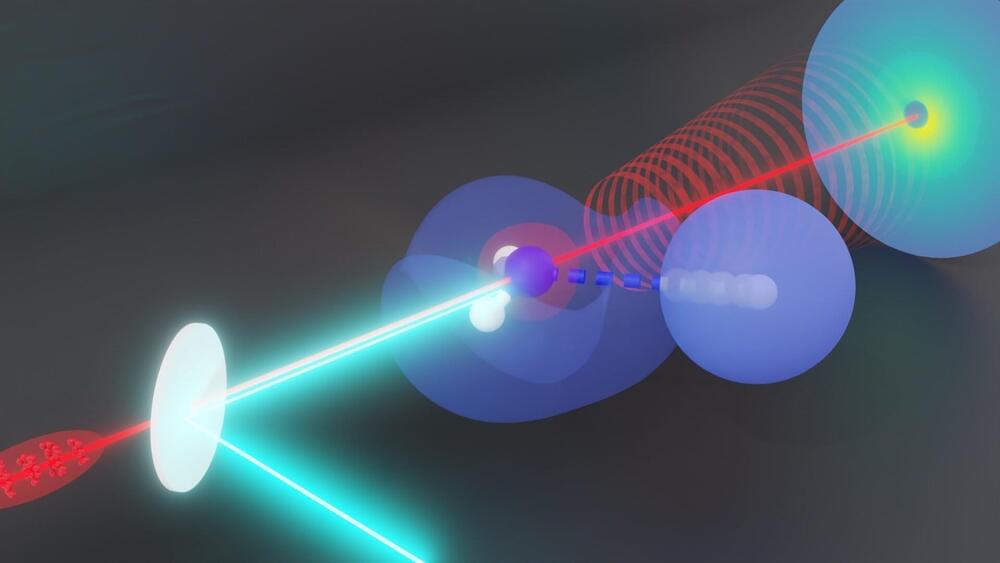Oct 11, 2023
ATLAS sets stringent limits on the existence of supersymmetric dark matter particles
Posted by Saúl Morales Rodriguéz in categories: cosmology, information science, particle physics, robotics/AI
If new particles are out there, the Large Hadron Collider (LHC) is the ideal place to search for them. The theory of supersymmetry suggests that a whole new family of partner particles exists for each of the known fundamental particles. While this might seem extravagant, these partner particles could address various shortcomings in current scientific knowledge, such as the source of the mysterious dark matter in the universe, the “unnaturally” small mass of the Higgs boson, the anomalous way that the muon spins and even the relationship between the various forces of nature. But if these supersymmetric particles exist, where might they be hiding?
This is what physicists at the LHC have been trying to find out, and in a recent study of proton–proton collision data from Run 2 of the LHC (2015–2018), the ATLAS collaboration provides the most comprehensive overview yet of its searches for some of the most elusive types of supersymmetric particles—those that would only rarely be produced through the “weak” nuclear force or the electromagnetic force. The lightest of these weakly interacting supersymmetric particles could be the source of dark matter.
The increased collision energy and the higher collision rate provided by Run 2, as well as new search algorithms and machine-learning techniques, have allowed for deeper exploration into this difficult-to-reach territory of supersymmetry.
